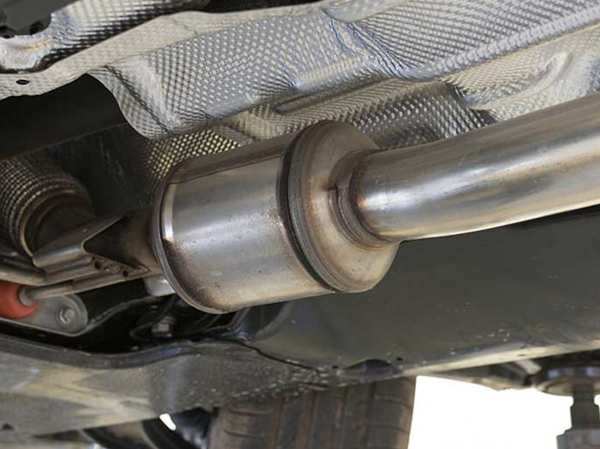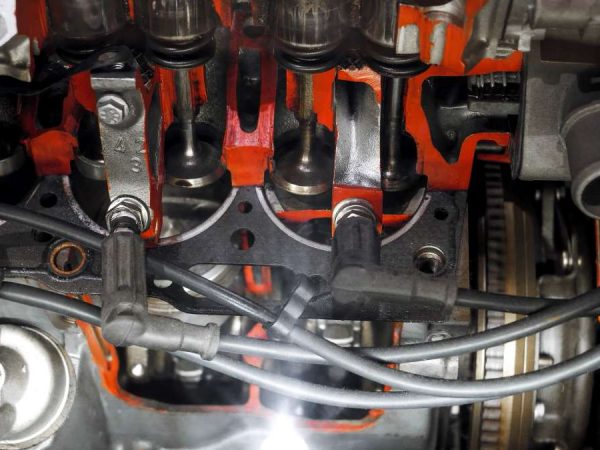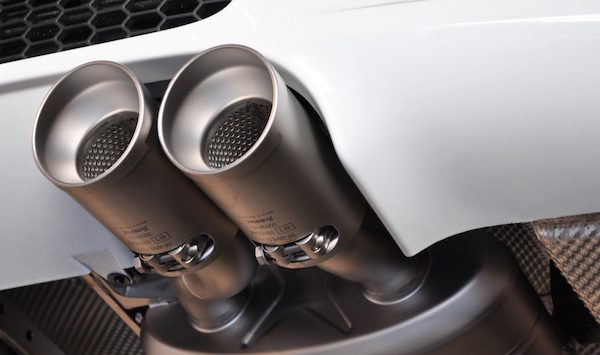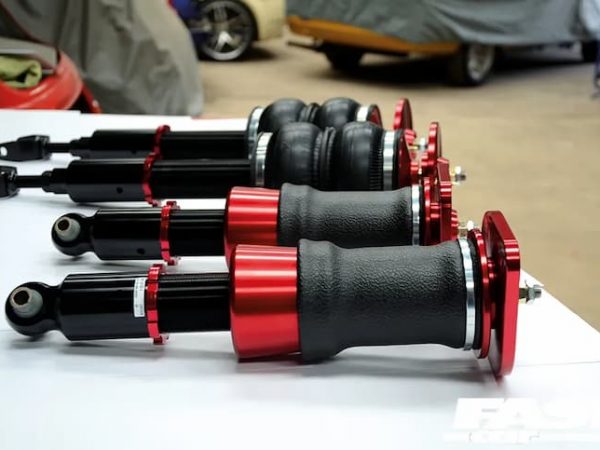29
Jul

A Simple Guide to Catalytic Converters
Since its inception more than a century ago, the internal combustion engine has gone through several iterations, with incremental improvements targeting power output and overall efficiency. Engines have been downsizing, while power and torque numbers climbing. Moreover, high fuel prices and stringent emissions regulations have meant that cars now use less fuel and release fewer toxic gases into the atmosphere.
A significant step in this direction was mandating the use of catalytic converters in the early 1980s. The parts deal with some of the most harmful toxic gases, including hydrocarbons, carbon monoxide and nitrogen oxides.
Read More →17
Jul

A Simple Guide to Pet Ramps for Cars
As pet owners, ensuring the safety and comfort of our furry companions during travel is paramount. Whether you have a playful pup, a senior dog, or a pet with mobility issues, getting in and out of a car can be a challenge. This is where pet ramps come into play.
Pet ramps for cars provide a convenient and safe way for pets to enter and exit vehicles without the strain of jumping or being lifted. Let’s talk about the essentials of choosing the right pet ramp for your car, the benefits they offer, and tips for training your pet to use them.
Read More →30
May

A Simple Guide to Choosing the Right Wheels for Your Car
Style, handling and performance car additions come in the thousands. Some live up to the promise of delivering more driving fun, more speed and a vehicle that turns heads. Wheels fall squarely into this category. They’re some of the first parts gear buffs choose. They can completely transform a mundane ride void of steering feel, add more substance with better turning and braking response, and a better connection to the road. And they can liven up a tired-looking machine, with better visuals.
Read More →29
May

A Simple Guide to Racing Pistons
Racing pistons are a crucial component in the high-performance engines of racing vehicles. Designed to withstand the extreme conditions of competitive motorsport, performance pistons differ significantly from standard pistons found in everyday cars. Understanding these differences and how aftermarket pistons contribute to engine performance is essential for anyone involved in the world of high-speed racing. This guide provides an overview of performance pistons, their benefits, materials, designs, and considerations for selection.
Read More →22
May

A Simple Guide to Performance Exhaust Systems for Sports Cars
Sports car enthusiasts constantly seek ways to enhance their vehicle’s performance, sound, and aesthetics. One of the most effective upgrades is the installation of a performance exhaust system. This guide will provide an overview of performance exhaust systems, their benefits, types, and key considerations when selecting one for your sports car.
Read More →29
Mar

A Simple Guide to Seat Covers: Important Investment for Your Vehicle’s Interior
When it comes to car accessories, there are quite a few things that are often overlooked. Seat covers rarely feature on anybody’s optional list when getting the car off the showroom floor, but with a few miles in, you’ll soon be scratching your head as to why you didn’t spend the extra cash or haggled them in the end price. Covers hide spills and stains, prevent fading in the seat cloth, offer extra padding for extra comfort on longer trips, and add more visual appeal with different colour schemes and designs.
The good news for all car owners is that aftermarket variants, either as universal or custom seat covers, are on par and even exceed OE types when it comes to quality. Moreover, custom-fit types are cut exactly to the proportions of each seat, so fit like a glove. Possibly the hardest part is choosing the materials that best suit the conditions and weather the car will face daily, and any extra features that help with safety and convenience.
02
Feb

A Simple Guide to Holden Colorado Aftermarket Exhausts
In the realm of rugged utility and off-road prowess, the Holden Colorado stands tall as a formidable workhorse. Renowned for its robust build and impressive off-road capabilities, this Australian icon continues to capture the hearts of enthusiasts seeking a versatile and reliable companion. As we delve into the world of Holden Colorado exhaust systems, we’ll explore the vehicle’s workhorse persona, its off-road prowess, and the pivotal role the exhaust system plays in its overall performance. Additionally, we’ll shed light on the key factors to consider when choosing an aftermarket exhaust to elevate your Holden Colorado experience.
Read More →24
Jan

The Allure of Performance Exhaust Car Parts
In the dynamic world of automotive enthusiasts, the pursuit of enhanced performance and a distinctive engine note often leads them to explore the realm of aftermarket upgrades. Among the myriad modifications available, aftermarket exhaust systems stand out as one of the most common and impactful choices for car enthusiasts in Australia. In this exploration, we delve into the reasons behind the widespread popularity of exhaust car parts in the Australian automotive landscape, understanding what makes them a coveted upgrade and the essential considerations when choosing the right aftermarket exhaust system.
Read More →27
Dec

Air Suspension: Everything You Need to Know
Until recently, most cars were fitted with mechanical springs and shocks to absorb road imperfections and offer a tolerable ride. That has all changed, especially at the higher end of the market, with luxury brands pushing innovative suspension setups that don’t compromise on comfort or performance. Air suspension in different guises and names has become standard gear on higher trims but is slowly and surely making its way into the mainstream. Its popularity is based on adjusting the ride height in the air springs for changing driving and road conditions. This can be done within seconds and improves handling, cornering and braking performance, while the car glides over potholes and bumps with ease.
Read More →




